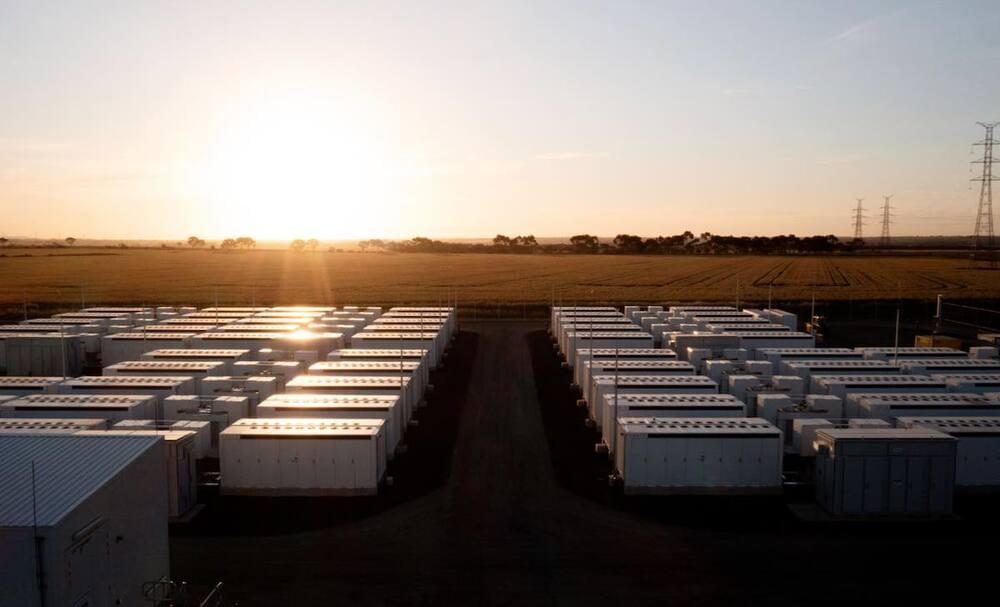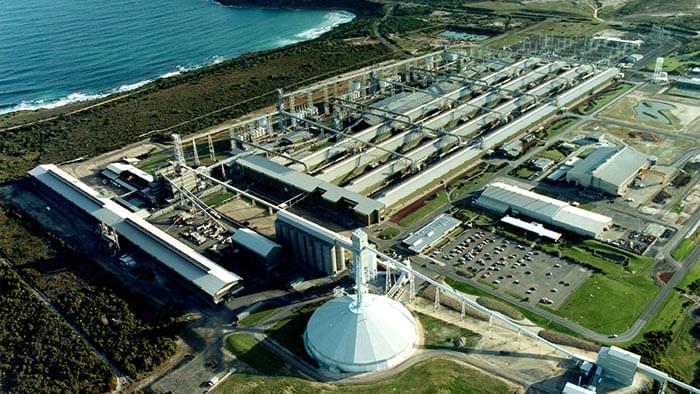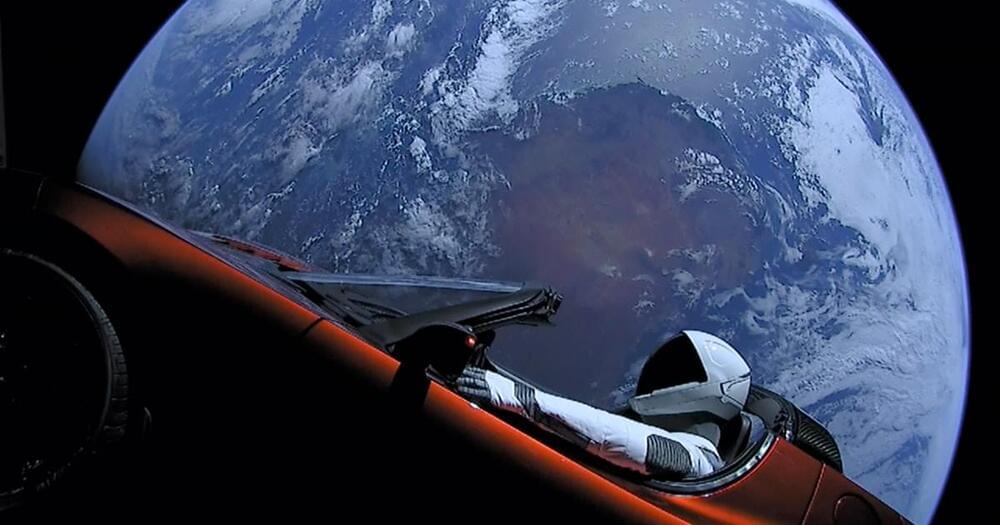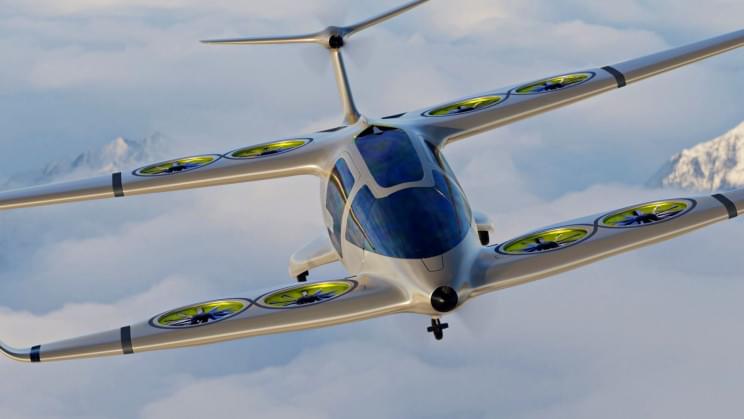Neoen reveals plans for another big battery in South Australia which could be even bigger than the Victorian Big Battery opened on Wednesday.
French renewable energy and battery storage developer Neoen, fresh from the formal opening of the Victorian Big Battery – the biggest in Australia to date – has revealed plans for a potentially even bigger battery in South Australia.
Neoen is due to hold a community open day on Thursday for the Blyth battery, which will be sized up to 300MW and 800MWh, trumping the 300MW/450MWh capacity of the newly opened VBB near Geelong.
The Blyth battery will be located west of the town of Blyth, north of Adelaide, and alongside the existing Blyth West sub station, which have now become prime sites for aspiring battery storage developers.







